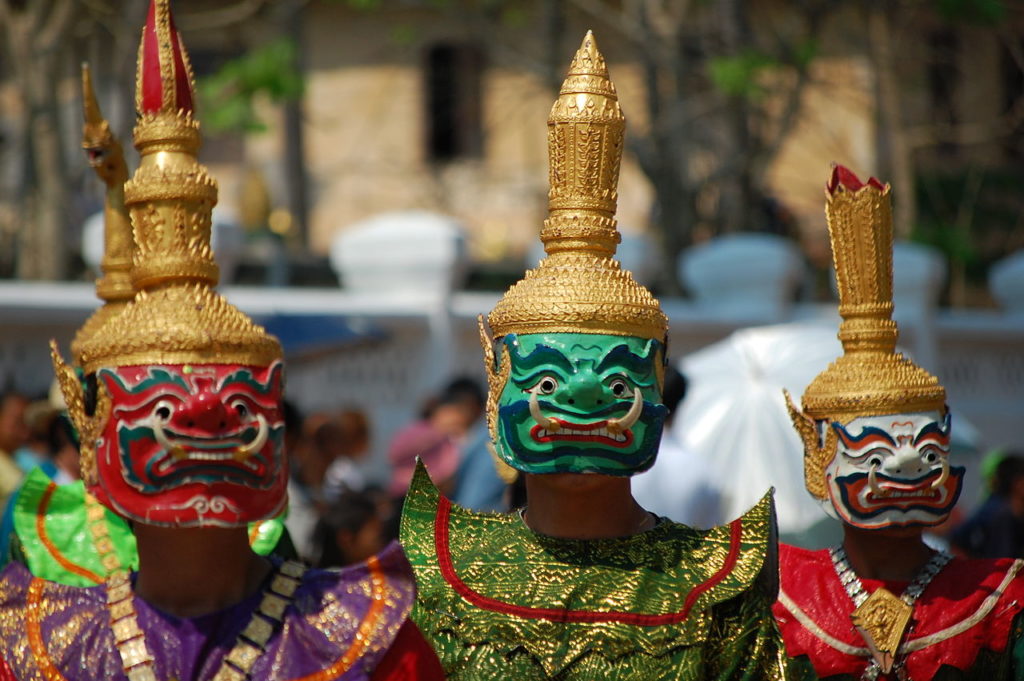Activities in Vientiane were scaled down for the third year in a row after the Prime Minister’s Office instructed everyone to limit the celebrations to traditional rituals.
As a result, all forms of outdoor entertainment, street fairs, the Miss Lao New Year beauty contest and processions, and partying on the streets was prohibited.
But the three days of the festival from April 14-16 saw families gather to visit their parents, elderly relatives and friends, and flock to temples to seek blessings for the coming year.
Vientiane’s streets were largely devoid of the customary revelry and open-air concerts, and Fa Ngum and Sihom roads, which are usually jam packed for several days, were almost empty of people and traffic.
 However, many people hosted parties in their homes and enjoyed the time spent with family and friends. Younger people respectfully poured water on the hands of their elders and asked for their blessings for the year ahead, in an age-old practice that has been witnessed for centuries.
However, many people hosted parties in their homes and enjoyed the time spent with family and friends. Younger people respectfully poured water on the hands of their elders and asked for their blessings for the year ahead, in an age-old practice that has been witnessed for centuries.
Lao New Year activities were also relatively subdued in Oudomxay, Savannakhet, Khammuan and Champassak provinces, where most locals celebrated at home or at restaurants.
Some Vientiane residents took the train to Luang Prabang or Vangvieng, where the atmosphere was more lively and people were out on the streets partying.
In the town of Luang Prabang, a top destination for visitors during Pi Mai Lao, many of the traditional events took place as usual, such as an elephant procession from Vat Mai temple to Vat Xiengthong temple, and a colourful parade from Vat Xiengthong to Vat Thatnoy.
 People also gathered on the riverbanks to build sand stupas to bring good luck, visited temples to pour water on Buddha images, and cleaned their houses.
People also gathered on the riverbanks to build sand stupas to bring good luck, visited temples to pour water on Buddha images, and cleaned their houses.
Vangvieng district in Vientiane province was as popular as ever with those seeking a relaxed atmosphere, and the makeshift eateries lining the Nam Xong river were packed.
Nearly all hotels and guesthouses in Luang Prabang and Vangvieng were fully booked, as Lao New Year is the most important festival in the Lao calendar. It is a time of celebration and endless fun and reflects Lao identity through the numerous customs that are enthusiastically revived when April comes around each year.
According to vientianetimes.org.la
(https://www.vientianetimes.org.la/freeContent/FreeConten72_City.php)












